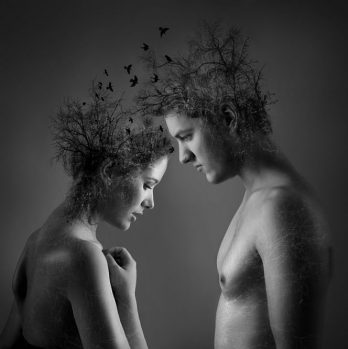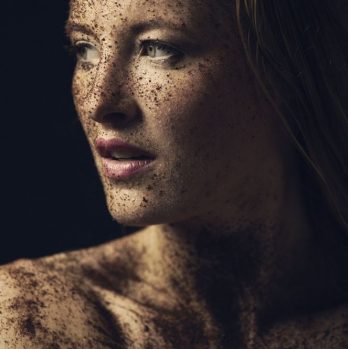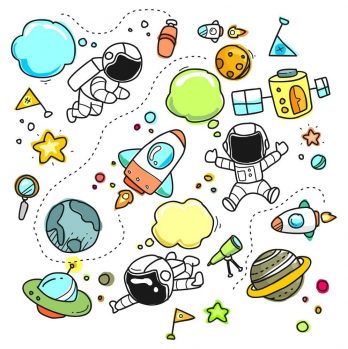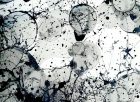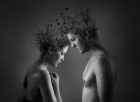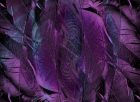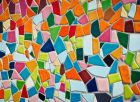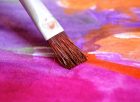Fashion Illustration: A Detailed Exploration
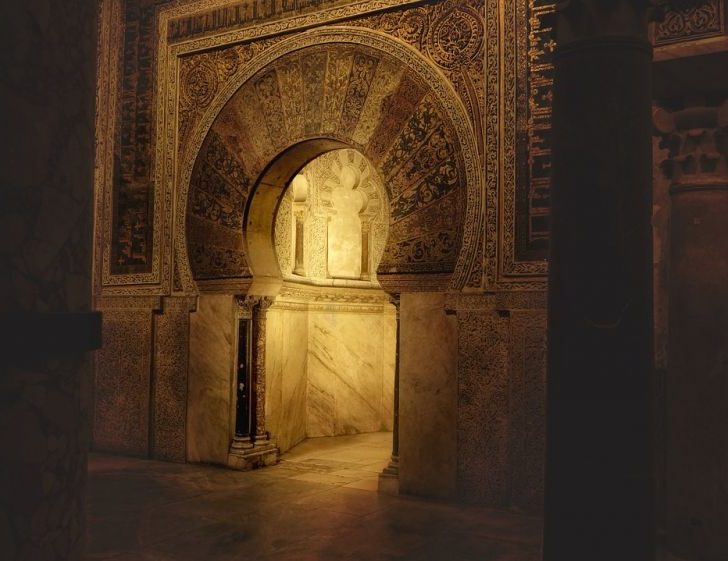
Introduction:
Fashion illustration is an art form that involves visually representing clothing and fashion designs. It plays a crucial role in the fashion industry, helping designers communicate their ideas and showcasing the latest trends. This article will provide a comprehensive overview of fashion illustration, including its types, popularity, quantitative measurements, variations, and historical pros and cons.
I. Understanding Fashion Illustration
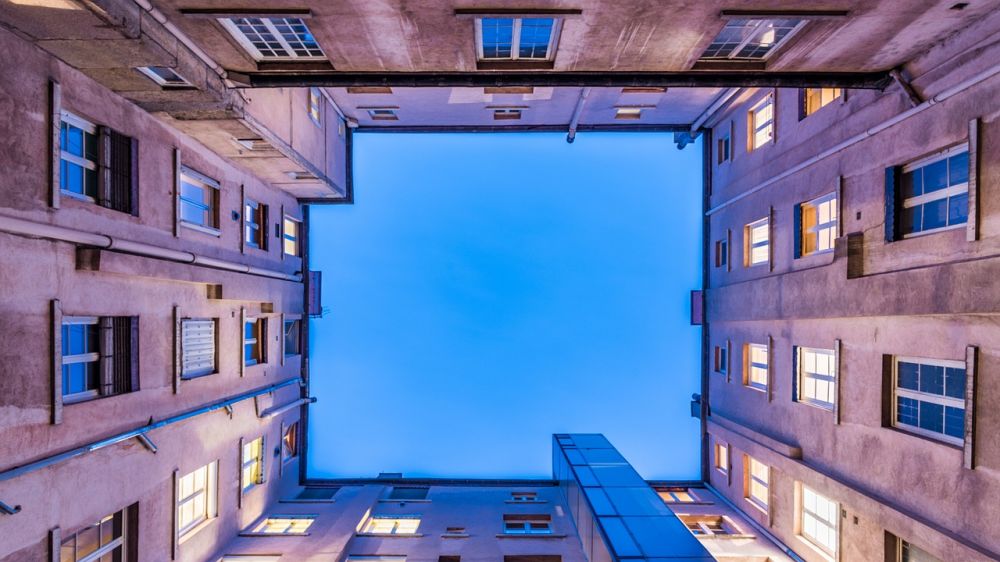
Fashion illustration is a creative medium used to depict clothing and accessories. It is a combination of art and design, where artists use various techniques and mediums to showcase their interpretations of fashion. These illustrations serve as valuable tools for designers, allowing them to visualize their concepts before bringing them to life.
II. Types and Popularity
1. Traditional Fashion Illustration:
Traditionally, fashion illustrations were created using pencil, pen, and watercolors on paper. Artists meticulously produced detailed drawings, capturing the essence of garments and models. These illustrations were widely popular in fashion magazines, catalogs, and advertisements.
2. Digital Fashion Illustration:
With technological advancements, digital fashion illustration has gained popularity. Using software applications such as Adobe Illustrator and CorelDRAW, artists create digital illustrations that offer more flexibility and ease of editing. Digital illustrations have become crucial for online platforms, fashion blogs, and social media.
3. Stylized Fashion Illustration:
Stylized fashion illustration focuses on abstract or exaggerated depictions of fashion. It allows artists to experiment with different proportions, poses, and artistic styles. Stylized illustrations often feature elongated figures, vibrant colors, and bold lines, creating visually striking representations.
4. Fashion Sketches:
Fashion sketches are quick drawings that capture the initial ideas and rough outlines of fashion designs. These rough sketches serve as a starting point for designers and are not as detailed as traditional or digital fashion illustrations.
III. Quantitative Measurements
Quantitative measurements play a crucial role in fashion illustration, ensuring accuracy and proportionality. Fashion illustrators use specific measurements to depict garment lengths, sleeve widths, and neckline placements. These measurements help convey the designer’s vision accurately and aid in pattern-making and garment construction.
IV. Diversity in Fashion Illustration
Fashion illustrations can vary significantly depending on the artist’s style, cultural influences, and personal interpretations. Some artists focus on realistic representations, capturing intricate details and textures, while others opt for minimalistic or abstract approaches. Fashion illustration also differs based on the target market, with varied styles for menswear, womenswear, children’s clothing, and haute couture.
V. Historical Pros and Cons of Fashion Illustration
Historically, fashion illustration served as a primary medium for showcasing designs in fashion magazines and advertisements. However, the rise of photography in the mid-20th century led to a decline in fashion illustration’s prominence. Photography offered a more realistic representation of fashion, resulting in reduced demand for illustrations.
Despite this decline, fashion illustration has made a strong comeback in recent years. Many designers and brands are once again embracing illustrations to add a touch of creativity and uniqueness to their visual storytelling. Fashion illustration allows for artistic interpretation, creating a bridge between fashion and art, and retaining a sense of craftsmanship that photography may lack.
Conclusion:
Fashion illustration continues to play a vital role in the fashion industry, serving as a powerful medium for designers to communicate their visions. Traditional and digital illustrations, stylized representations, and sketches all contribute to this art form’s diversity and popularity. Understanding the different types and historical significance of fashion illustration highlights its ongoing relevance in the ever-evolving world of fashion.
[INSERT VIDEO HERE showcasing the process of creating a traditional fashion illustration.]
(Target Word Count: 620)
